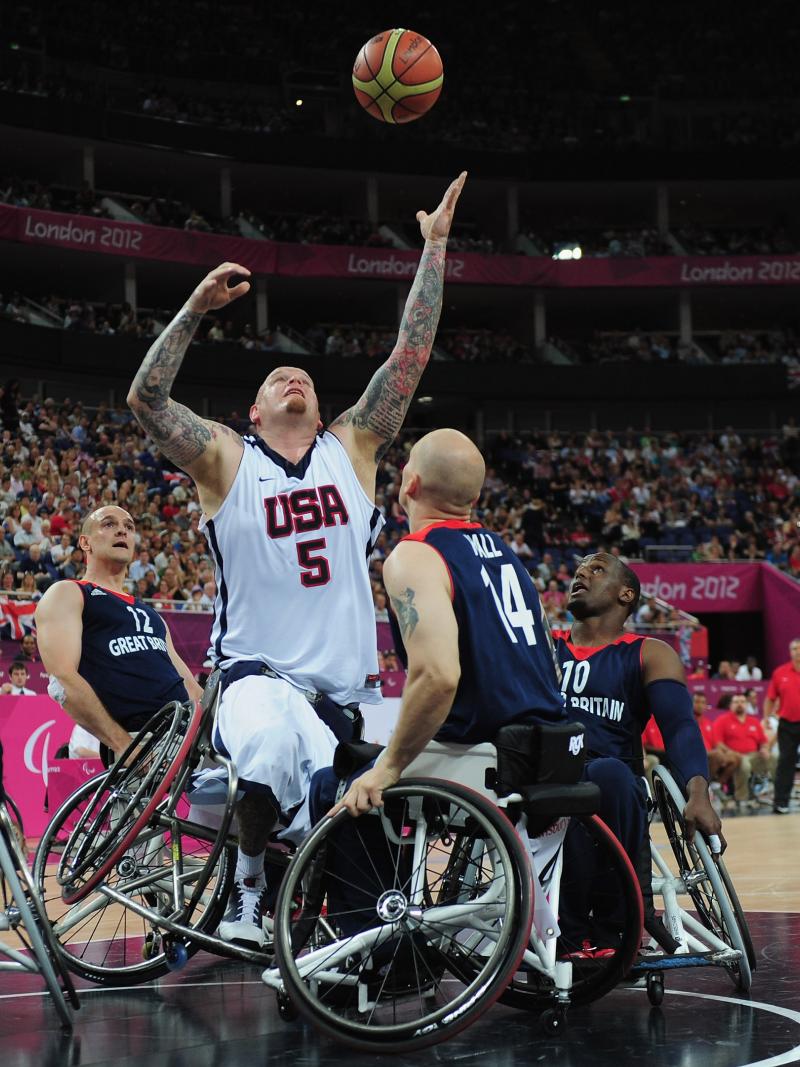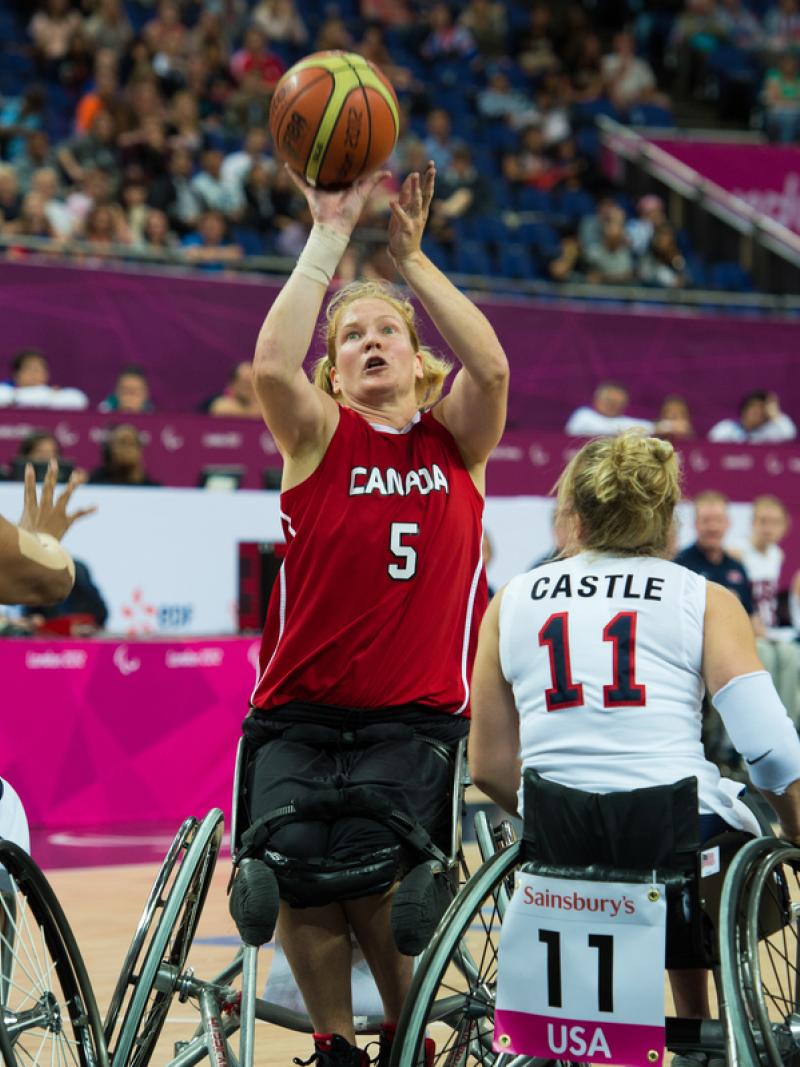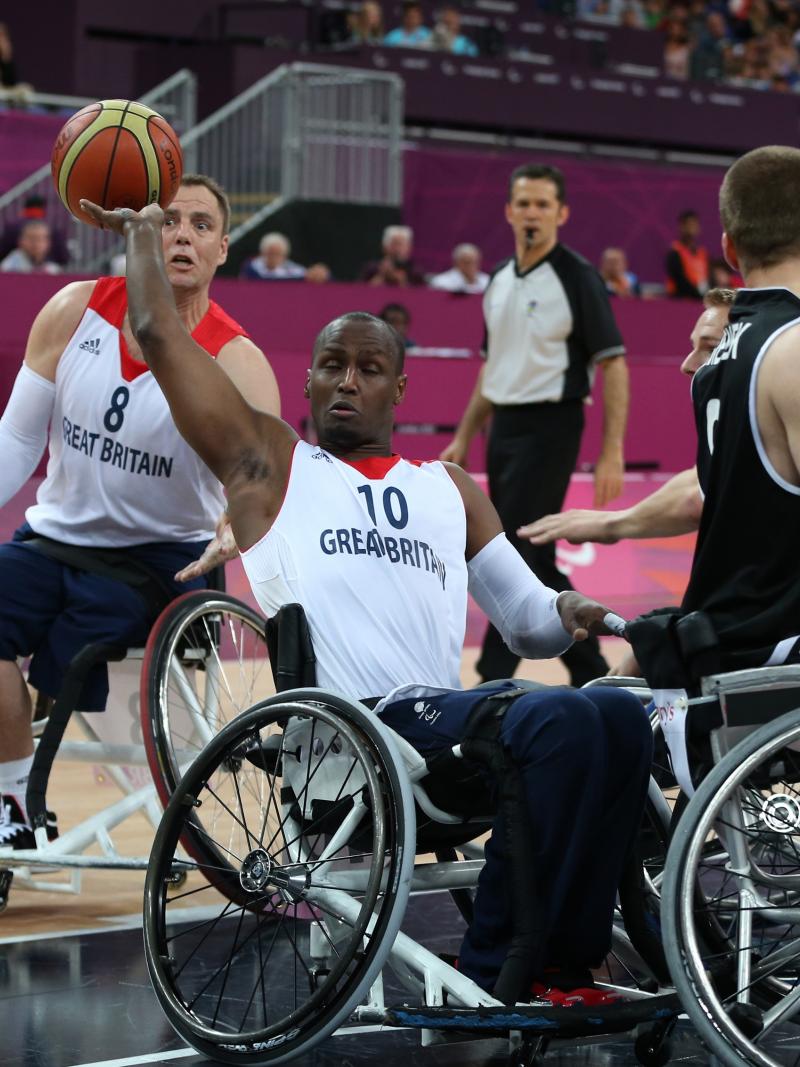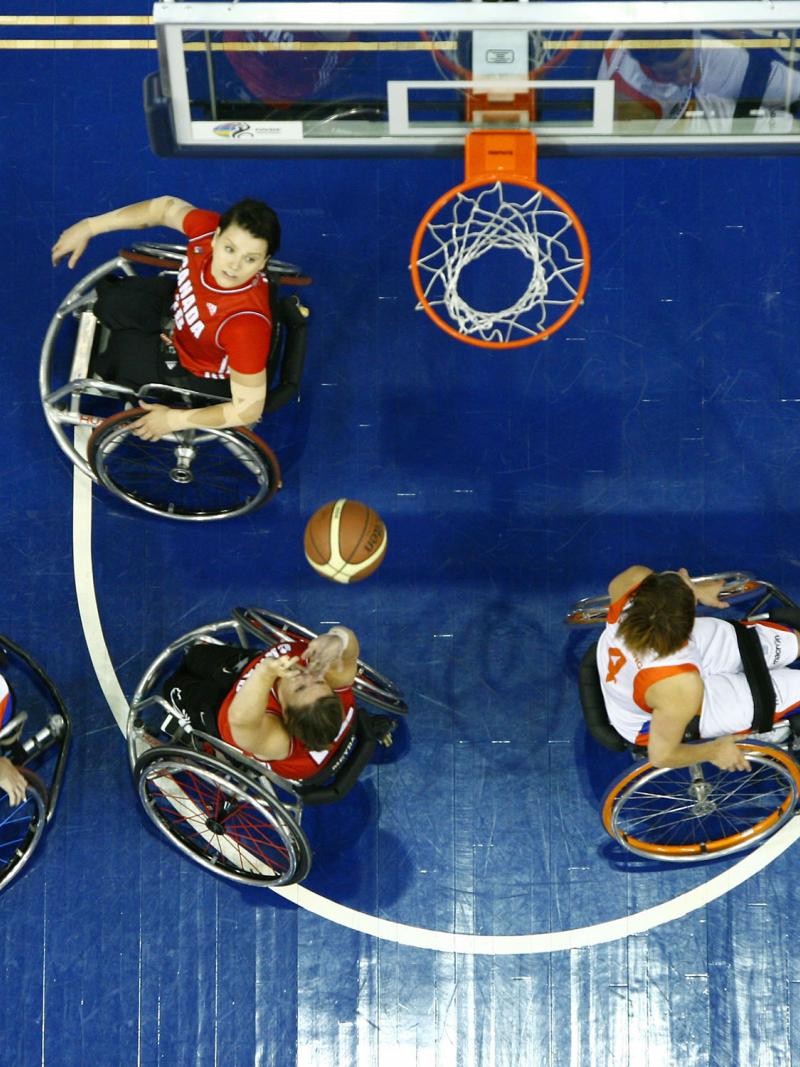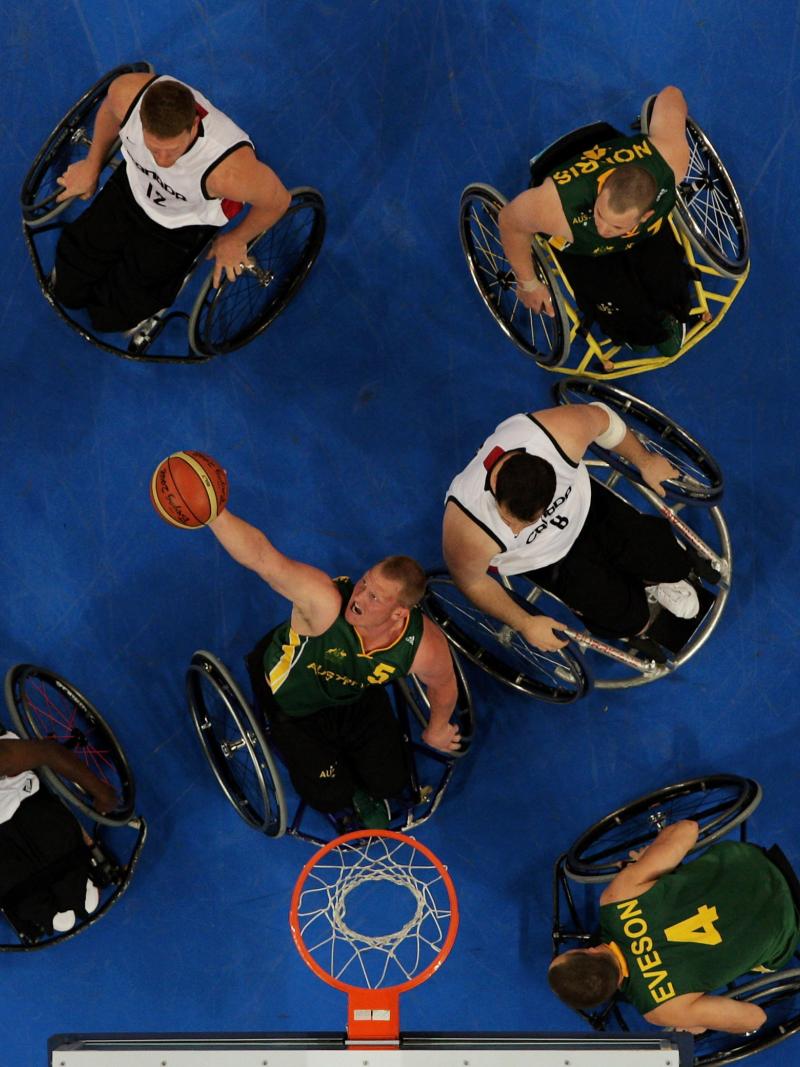Sport Week: Intro to wheelchair basketball
Find out more about wheelchair basketball ahead of the Rio 2016 Paralympic Games. 14 Mar 2016Editor’s note: Each sport on the Rio 2016 Paralympic programme will have a dedicated week of featured content published on paralympic.org. Every week a new sport will be featured and the series will run until September’s Games, helping the public understand more about the 22 sports being contested in Rio.
Wheelchair basketball first emerged around 1946 in the USA, developed by injured servicemen from World War II. Most were former able-bodied players who wanted to continue playing the game. The simple adaptations and slight rule variations for people in wheelchairs allowed the sport to spread across the US, and eventually worldwide.
The object of the game is to score the most points in the opposing team’s basket. The team with the most points by the time the clock expires wins. As the name suggests, wheelchair basketball is an adaptation of the able-bodied version.
The International Wheelchair Basketball Federation (IWBF) is the global governing body of the sport; able-bodied basketball is governed by the International Basketball Federation (FIBA).
Here is a quick look at how the IWBF and FIBA rules compare.
Rule: Wheelchair basketball; able-bodied basketball
Court dimensions: 28m x 15m; same
Basket height: 10ft; same
Players on the court: Five from each team, total of all classification points cannot exceed 14; five on each team
Playing time: Four quarters of 10 minutes each; same
Shot clock: 24 seconds; same
Scoring: One point per free throw; same
Two points per field basket; same
Three points for a shot made behind the arc of the 3-point line; same
3-point line: 6.75m; same
Dribbling: A wheelchair basketball player takes one or two pushes while the ball is either resting on his or her lap or held in his or her hand, followed by dribbling the ball, and this sequence may be repeated as often as the player wishes
Travel violation: Called when player in possession pushes more than twice without dribbling
Fouls: An infraction of the rules concerning illegal personal contact with an opponent - the wheelchair is considered a part of the player
These are just a few comparisons between the two versions of basketball.
Throughout this week, readers will learn more about wheelchair basketball, including classification, history of the sport, athletes to watch for at Rio 2016, and more.
Helpful links
IWBF rules of the game
Rio 2016 wheelchair basketball webpage
Paralympic.org wheelchair basketball webpage
IWBF on Facebook and Twitter @_IWBF







